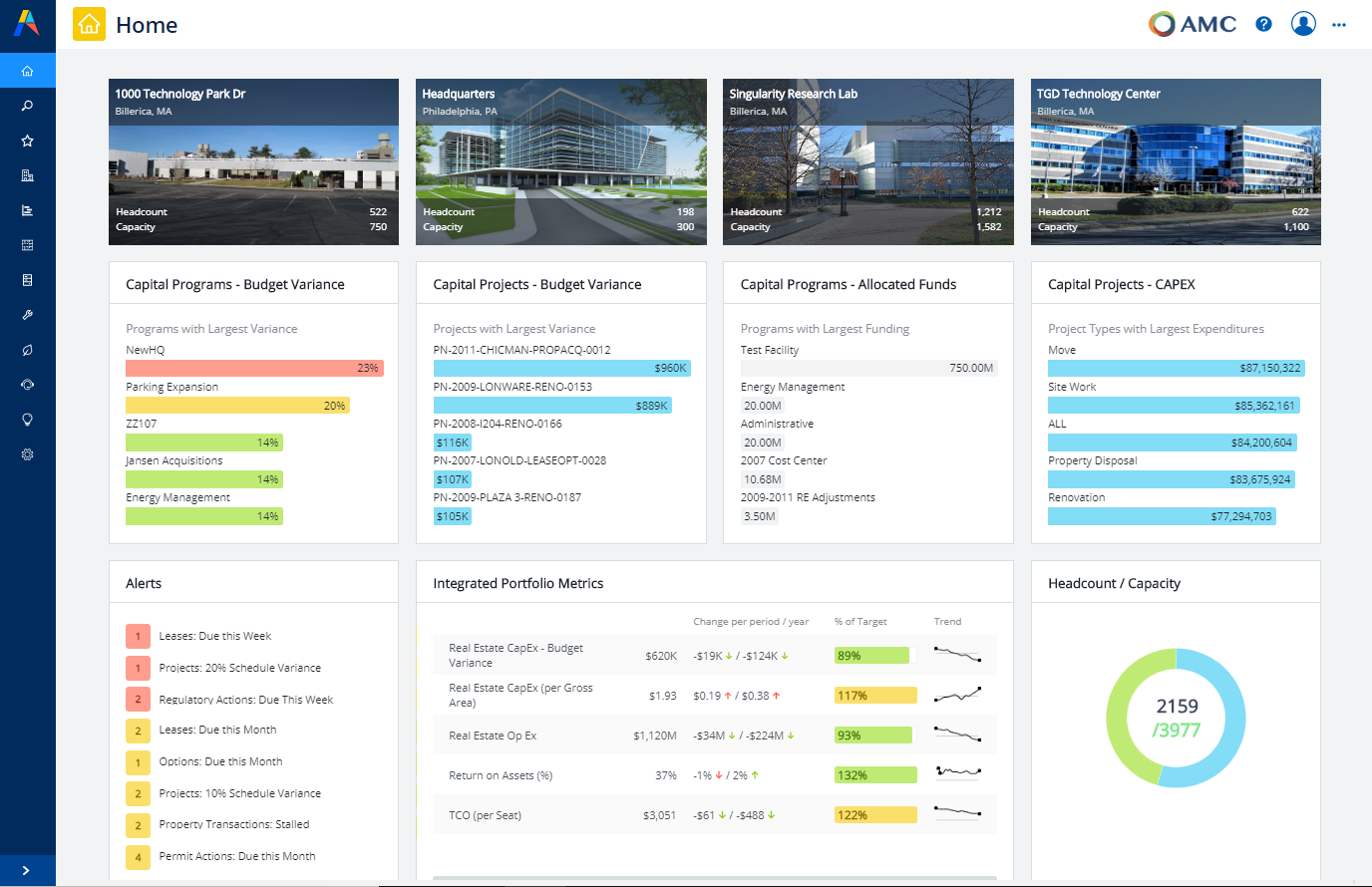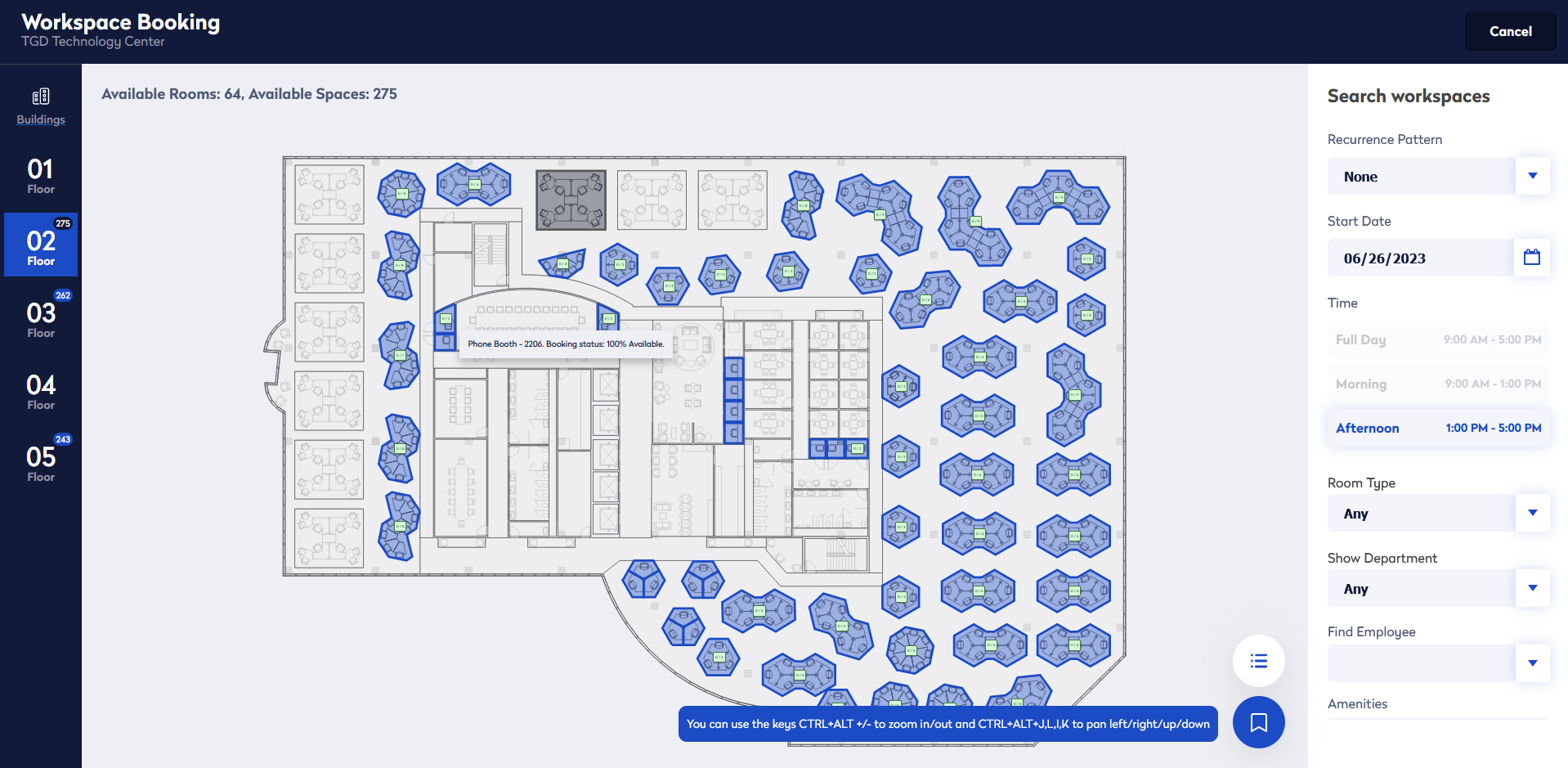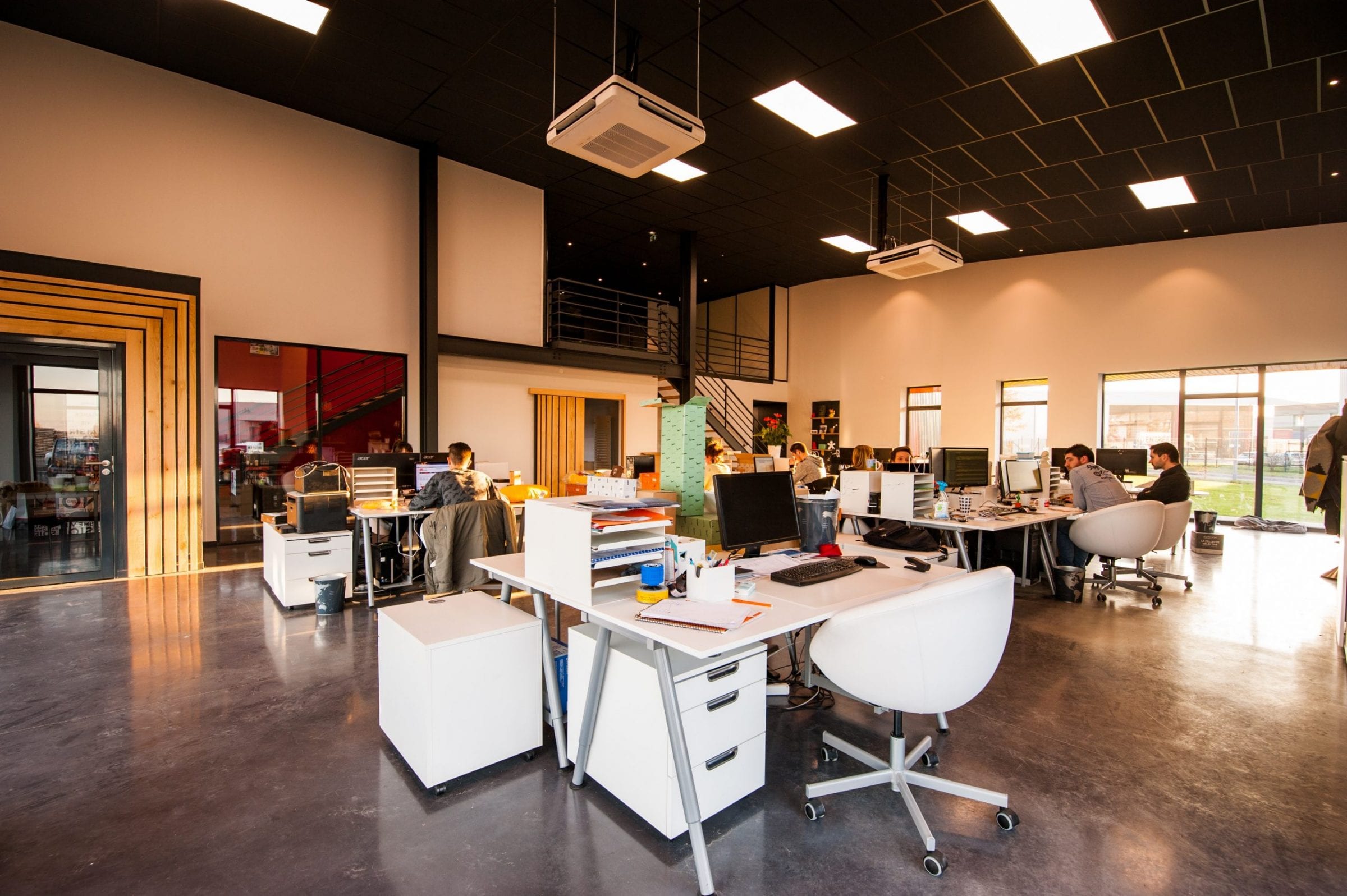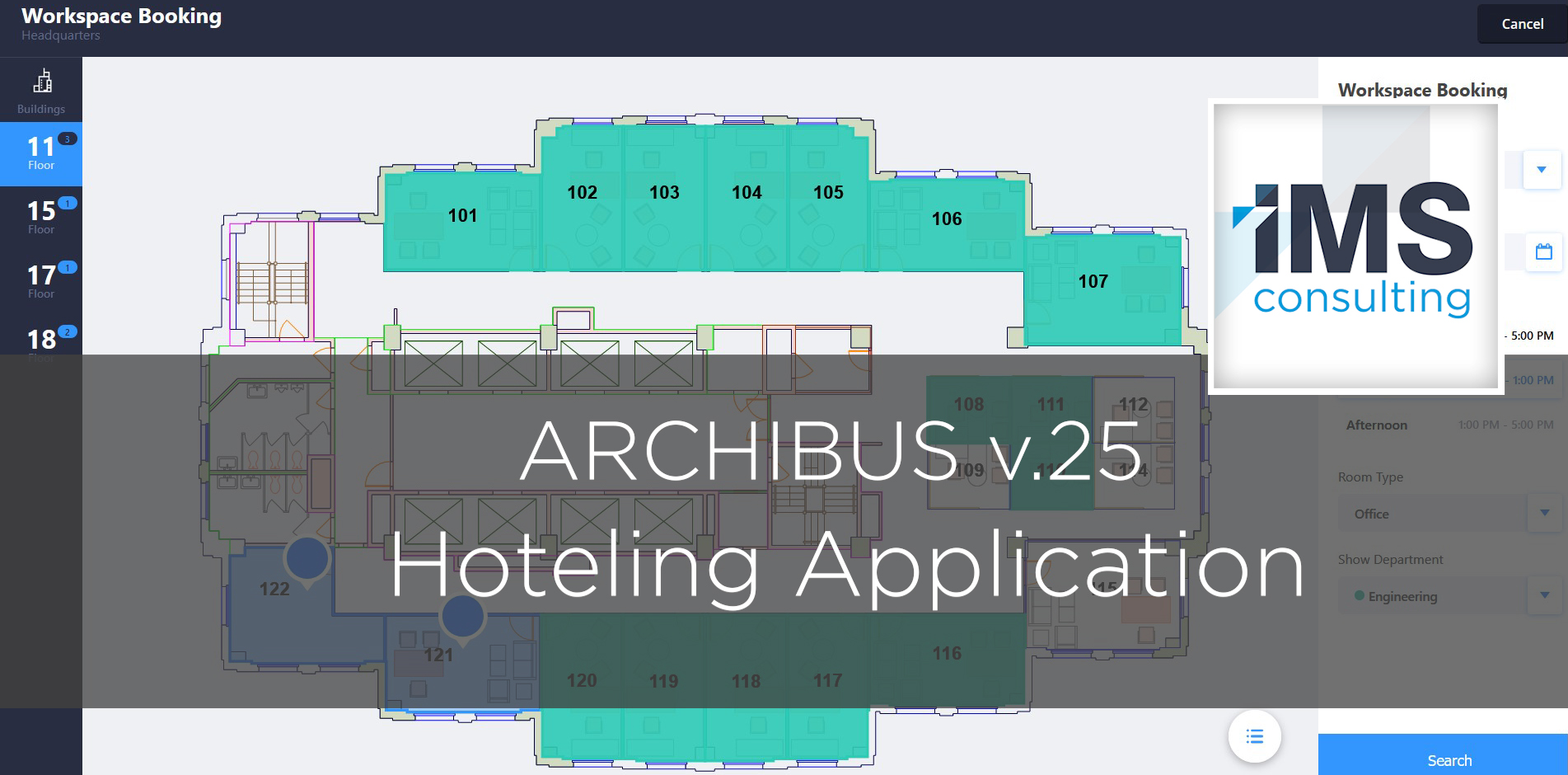
by admin | Apr 22, 2024 | Archibus
In today’s competitive business environment, organizations are constantly seeking ways to streamline operations and reduce operational costs. Archibus, a leading integrated workplace management system (IWMS), offers robust tools that can help businesses achieve...

by admin | Jun 26, 2023 | Hoteling, Space Management, Workplace Management
Archibus Hoteling Application Hoteling software has become increasingly popular among businesses looking to optimize their office space and resources. By allowing employees to book workspaces, conference rooms, and other shared resources on an as-needed basis,...

by admin | May 22, 2023 | Hoteling
The concept of desk sharing can upset the balance of even the happiest workplace. Companies often believe their employees will clash over where, how, and when desks are used. Employees tend to fear the idea of a nomadic office, where they ultimately have no home. Both...

by admin | Mar 10, 2022 | COVID-19, Facilities Management
Whether your office has already partially returned to work or you’re planning a workplace reentry, one thing is certain—things may never be the same. Safe facility management during an unprecedented pandemic requires a high level of planning and precaution. The...

by admin | Jan 4, 2021 | Hoteling
2 Minute Drill – Hoteling Application v.25 https://ims.consulting/wp-content/uploads/2021/01/2-Minute-Drill-Hoteling-v25.3-Mix-Four-1.4.21.mp4 When workers — whether they are on a temporary contract, typically telecommute, or are employees...








